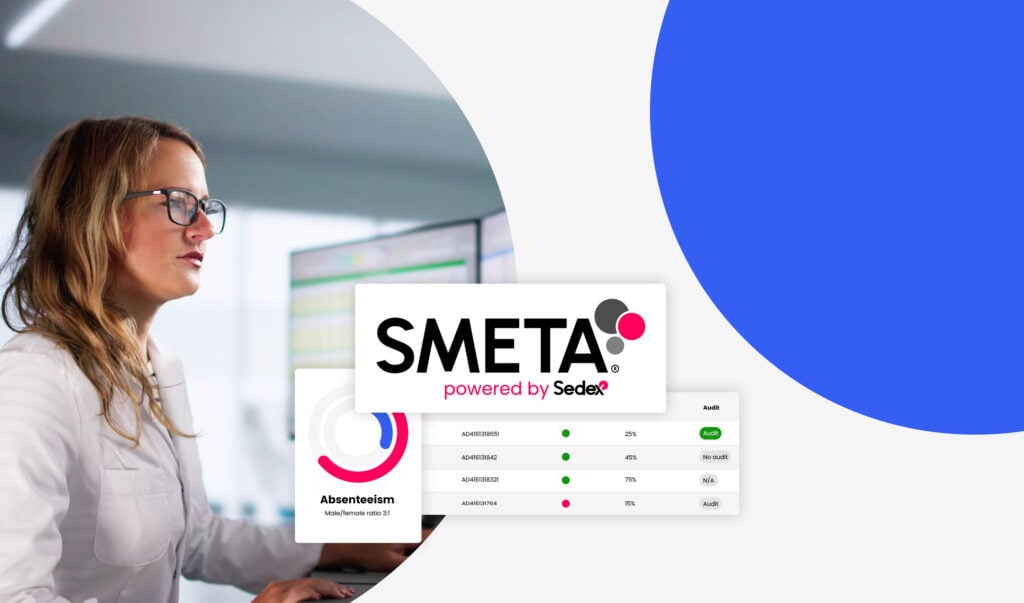Sedex Introduction to Labour Management
All businesses have an obligation to their workforce, to provide decent work with safe, fair and humane working conditions. Labour management systems help companies to do this.
What is labour management?
The people that help to create and provide a business’s products or services are known as a business’s workforce, or “labour”. Labour management refers to a company’s practices and standards to comply with international principles, national laws and customer requirements regarding their labour.
These requirements typically expect a business to provide safe and fair workplaces, with ethical standards across areas such as hiring practices, employment terms and wages.
Many labour standards are also legal requirements as part of national laws. For example, the Civil Rights Act in the USA forbids employment discrimination “based on race, color, religion, sex and national origin”.[i] These standards apply to all parts of a company’s workforce — its direct employees, temporary or seasonal employees, contractors, agency workers and homeworkers.
We recommend that businesses also consider the people in their supply chains who work for suppliers, service providers and sub-contractors. Many organisations require suppliers to commit to the labour standards they operate their own business by, through a Supplier Code of Conduct.
What does labour management cover?
Labour management covers a number of work-related areas and the international standards that a company aims to meet.
International labour standards are outlined in codes of practice like the Ethical Trading Initiative’s (ETI) Base Code. This is in turn based on the International Labour Organization’s (ILO) conventions. Both aim to improve working conditions for people around the world, aligned with ethical guidance for businesses such as the UN Guiding Principles on Business and Human Rights.
The ETI Base Code standards are:
- Employment is freely chosen. E.g. no forced labour is used.
- Freedom of association and the right to collective bargaining are respected. E.g. all workers can form or join trade unions of their choice.
- Working conditions are safe and hygienic. E.g. employers must take steps to prevent accidents or injuries in a workplace or while someone is working.
- Child labour shall not be used.
- Living wages are paid. E.g. the wages for a standard working week should always be enough to meet a worker’s basic needs, with a bit left over.
- Working hours are not excessive. E.g. all overtime is voluntary and paid at a higher rate.
- No discrimination is practised. E.g. no discrimination based on ethnicity or gender[i] in hiring, access to promotions or in ending employment.
- Regular employment is provided. E.g. employers must not use labour-only contracting, sub-contracting or home-working arrangements to avoid their obligations to workers.
- No harsh or inhumane treatment. E.g. there’s no physical abuse, verbal abuse, threats or other forms of intimidation.
Sedex’s on-site social audit, SMETA, assesses a worksite’s performance against the ETI Base Code, and helps individual supply chain sites improve their labour standards. Supplier businesses can share their progress and audit reports with multiple customers through the Sedex Platform, enabling large companies to monitor labour standards across their supply chain.
The benefits of ethical labour management
Maintaining high labour standards supports business productivity, with reduced rates of absenteeism, injury or error, and a happy, healthy workforce. Additional business benefits of good labour management include increased worker retention, excellent company reputation (among both customers and investors), more effective social risk management and compliance with national laws.
Since many labour standards are legal requirements, breaching these comes with reputational, operational and financial risks. Labour rights abuses also harm workers, reducing their ability to thrive in their jobs and lowering commitment or performance. The International Labour Organization notes that high productivity can’t be achieved and maintained in the long term with poor labour standards[iii].
The costs of responding to labour issues and low worker retention can be significant. In the most severe cases, businesses can lose access to markets. For example, the US Customs and Border Patrol places bans or restrictions on products from specific regions or companies if they suspect goods have been made using forced labour.[iv]
See how Sedex can help you understand the labour standards, risks and issues in your supply chain. Over 80,000 businesses already use Sedex’s solutions to understand labour standards, drive improvements for workers and demonstrate their progress to customers.
[i] Title VII of the USA Civil Rights Act 1964, https://www.eeoc.gov/statutes/title-vii-civil-rights-act-1964
[ii] The full list of protected characteristics in the ETI Base Code is: race, caste, national origin, religion, age, disability, gender, marital status, sexual orientation, union membership and political affiliation.
[iii] https://www.ilo.org/wcmsp5/groups/public/—ed_dialogue/—actrav/documents/publication/wcms_425982.pdf – see p.33
[iv] https://www.business-humanrights.org/en/latest-news/zimbabwe-rough-diamonds-from-the-marange-diamond-fields-get-detention-order-by-us-customs-and-border-protection/



